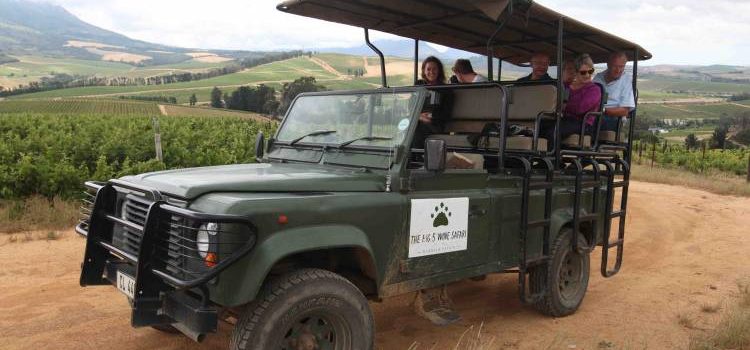Forget Game of Thrones, National Geographic viewers are in for a treat with the latest film from renowned wildlife documentary filmmakers Derek and Beverly Joubert entitled ‘Game of Lions’ to be shown world-wide as part of their ‘Big Cat Week’. Filmed at Botswana’s Duba Plains Camp and the Selinda Reserve as well as in Kenya’s Mara Plains, the famous wildlife documentarians spent two years in the bush filming the lives and pride politics of young male lions. Their quest was to answer a troubling question: why do so few male lions survive into adulthood?
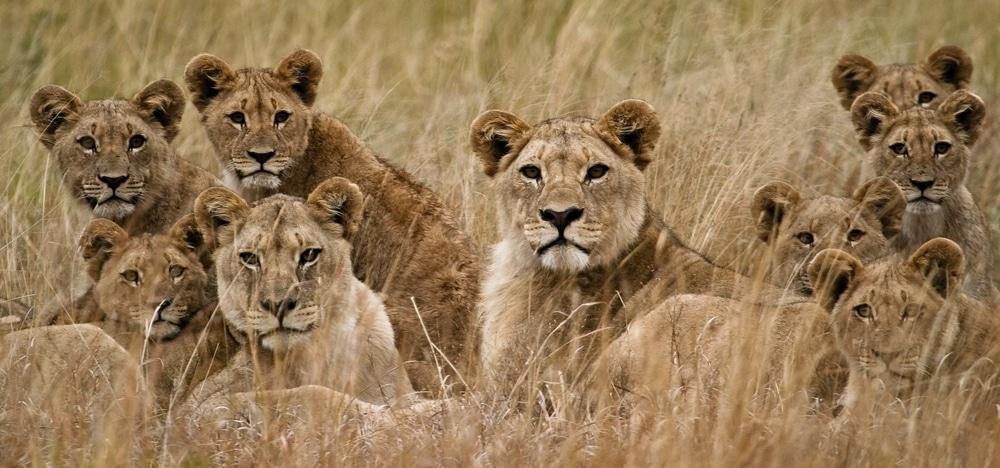
For years conservationists and scientists have been stumped by the numbers. Of the 20,000 lions still left in the wild, only 3,500 are reportedly male. Hundreds of hours of footage later they were able to reveal some fascinating insights.
Even though poachers and hunters are mostly to blame (poaching of lions currently stands at 5 lions per day), what was interesting was the realization that the lions themselves were in part responsible for their dwindling numbers, and the reason why only one in eight male lions will ever live to see its offspring. Each lion must fight for dominance of a pride to continue his bloodline, and only the strongest survive. They face incredible challenges such as hunger, attacks by older males, sibling rivalries and run-ins with other nomads. In short, a natural selection takes place that is designed by nature to ensure that only the fittest survive.
But the irony is that these young lions survive incredible hardships only to be killed by hunters in the end simply because they are the fittest, strongest and better looking. ‘We no longer have the luxury of time when it comes to big cats’ says Derek. It would be a travesty if this regal and beautiful animal would become extinct. The only way to preserve these magnificent creatures is to try and understand their socially complex behaviour so that future generations may have the opportunity to see them in the wild.
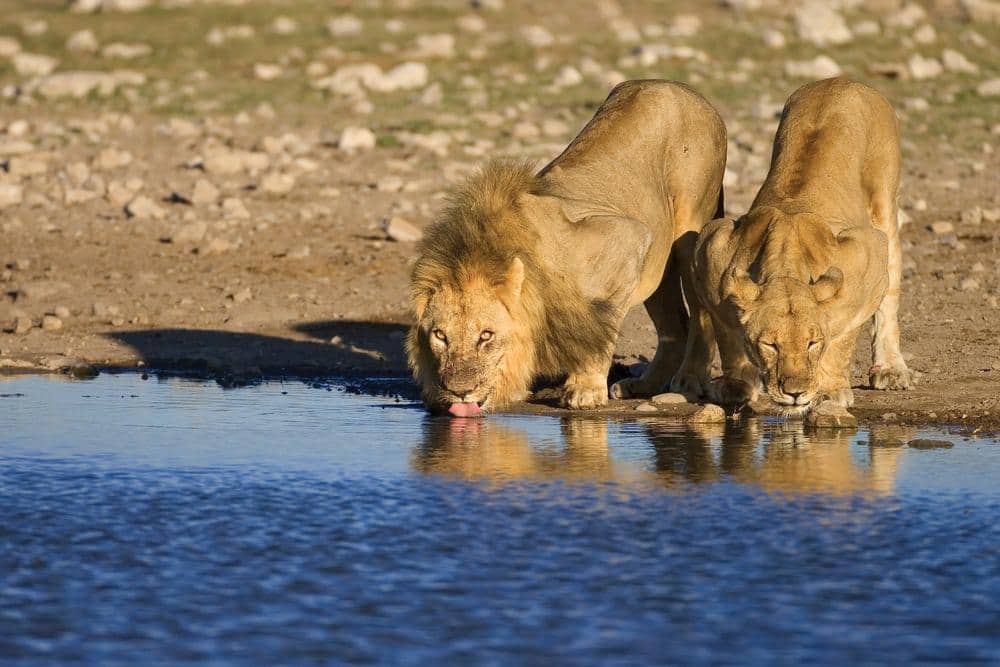
Derek and Beverly have made it their life’s mission to protect, understand and preserve Africa’s large predators and are both co-founders of the Great Plains Conservation initiative. Living and working from Duba Plains in Botswana, they have been exploring, filming and researching these majestic animals in Africa for over 25 years. Their passion for the predators is immense and is reflected in their numerous award-winning documentaries.
Great Plains Conservation was originally formed by a consortium of safari experts who were alarmed at the decrease in species numbers and were determined to do something about it. They presently undertake a number of initiatives for conservation and work with reputable safari tour operators towards preserving Africa’s rich legacy of wildlife.
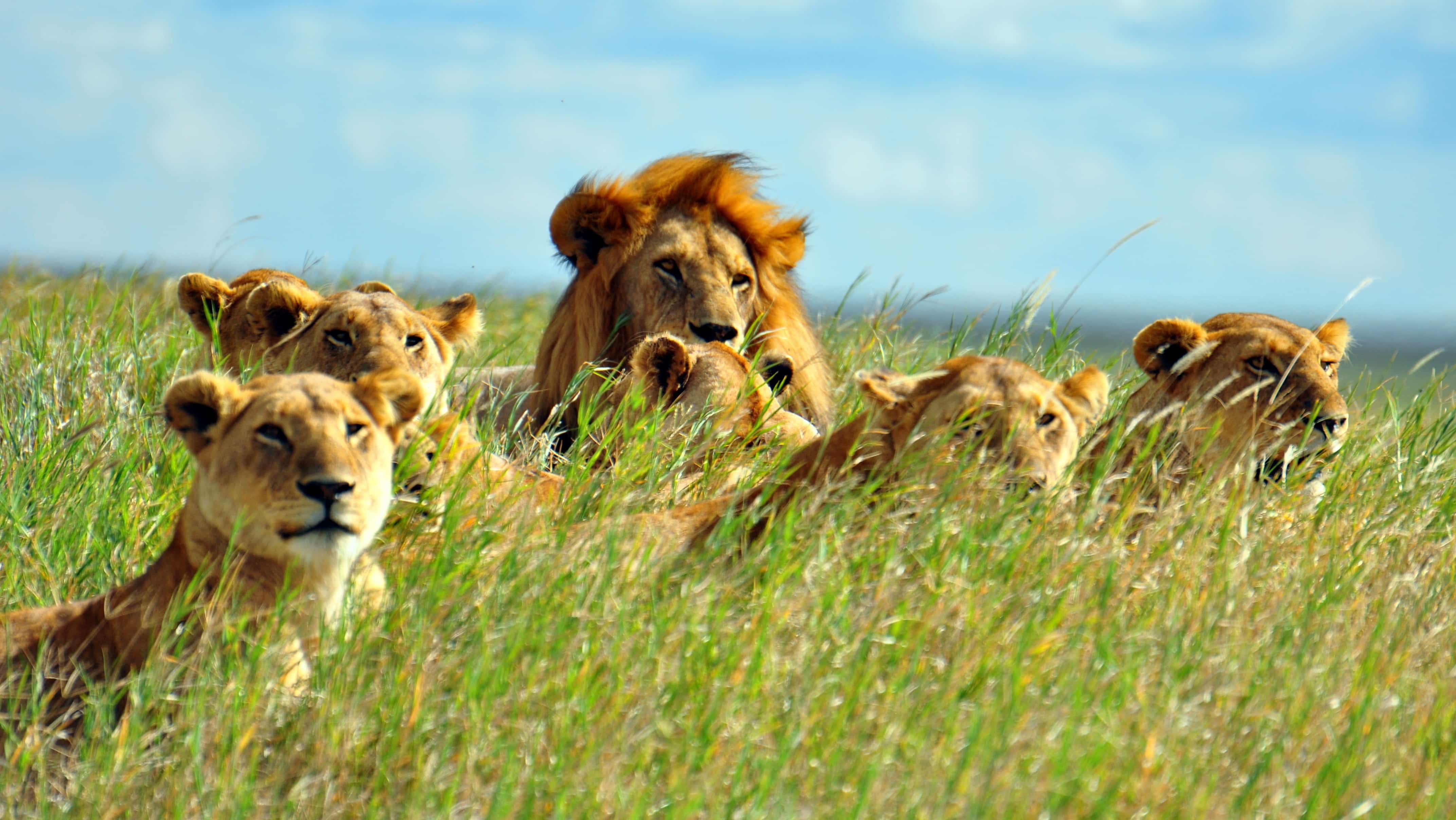
When it comes to seeing lions in the wild, Botswana and Kenya are two of the best destinations. Kenya has a long tradition of safari, whilst in recent years, the stability and conservation-minded local authorities have put Botswana on the map for wildlife enthusiasts. With fewer than 40,000 lions estimated to exist in the wild, these national parks and private concessions play a vital role in their preservation.
Botswana
Botswana boasts some of Africa’s most pristine landscapes with vast unspoilt nature reserves and an abundance of wildlife. From the sparsely populated Kalahari plains to one of the world’s largest inland deltas, the Okavango Delta, this is one of Africa’s richest wildlife regions. For a few months a year the Okavango Delta enlarges, creating an enormous reservoir of life for a myriad of thirsty species who have survived the dry season on the fringes of the great Kalahari Desert. And where there is plentiful game, the top predator soon moves in.
We recommend two particular camps in Botswana for viewing lions, both which offer a luxury safari experience coupled with prolific game spotting opportunities.
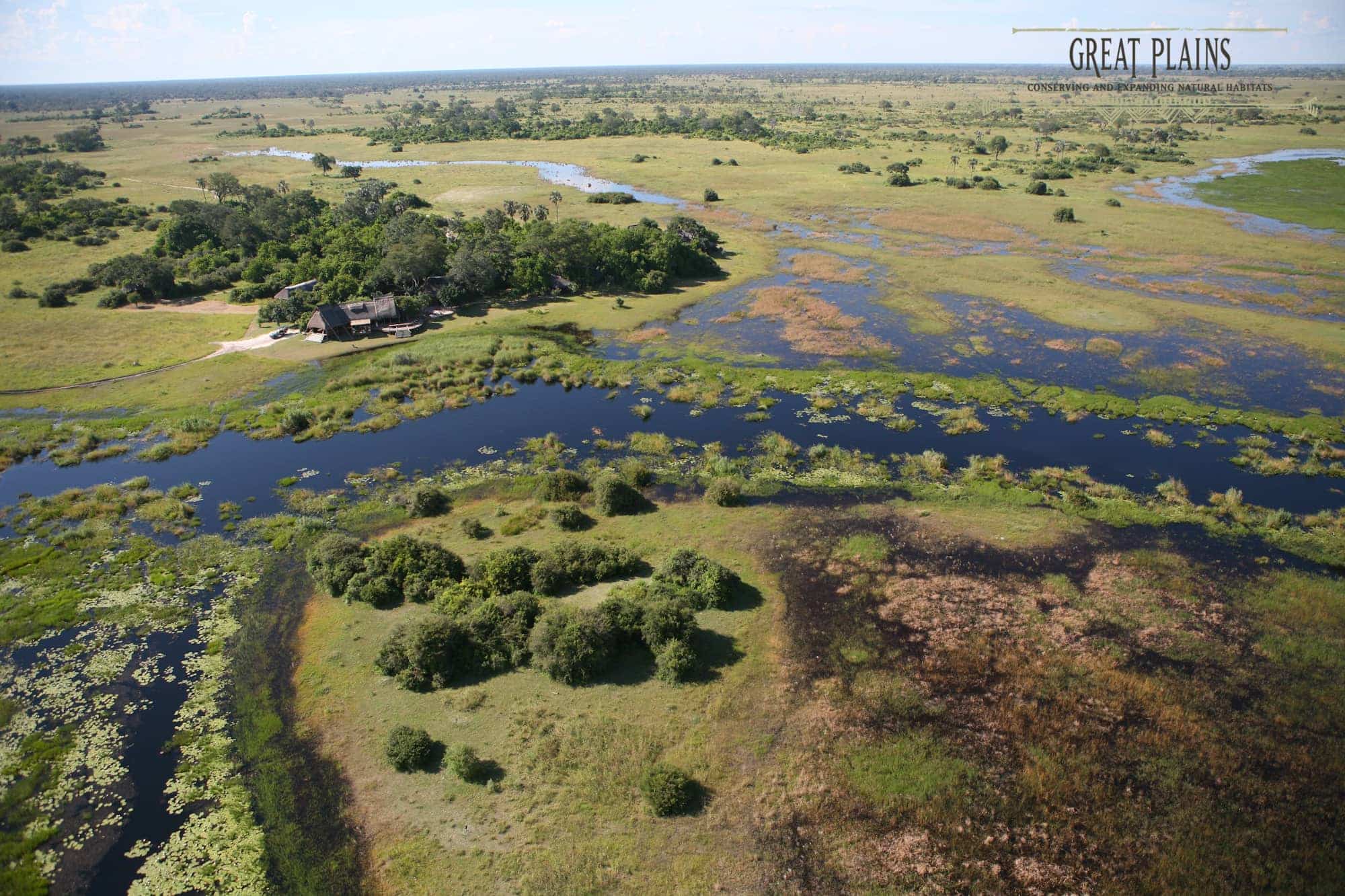
On the edge of the seasonal floodplains of the private Linyanti Swamps and in prime position in Northern Botswana’s Selinda Reserve lies Selinda Camp. It boasts luxurious tents, all under thatched canopies, with spectacular views over the plains which is a hive of activity when it comes to animals, birdlife and top predators.
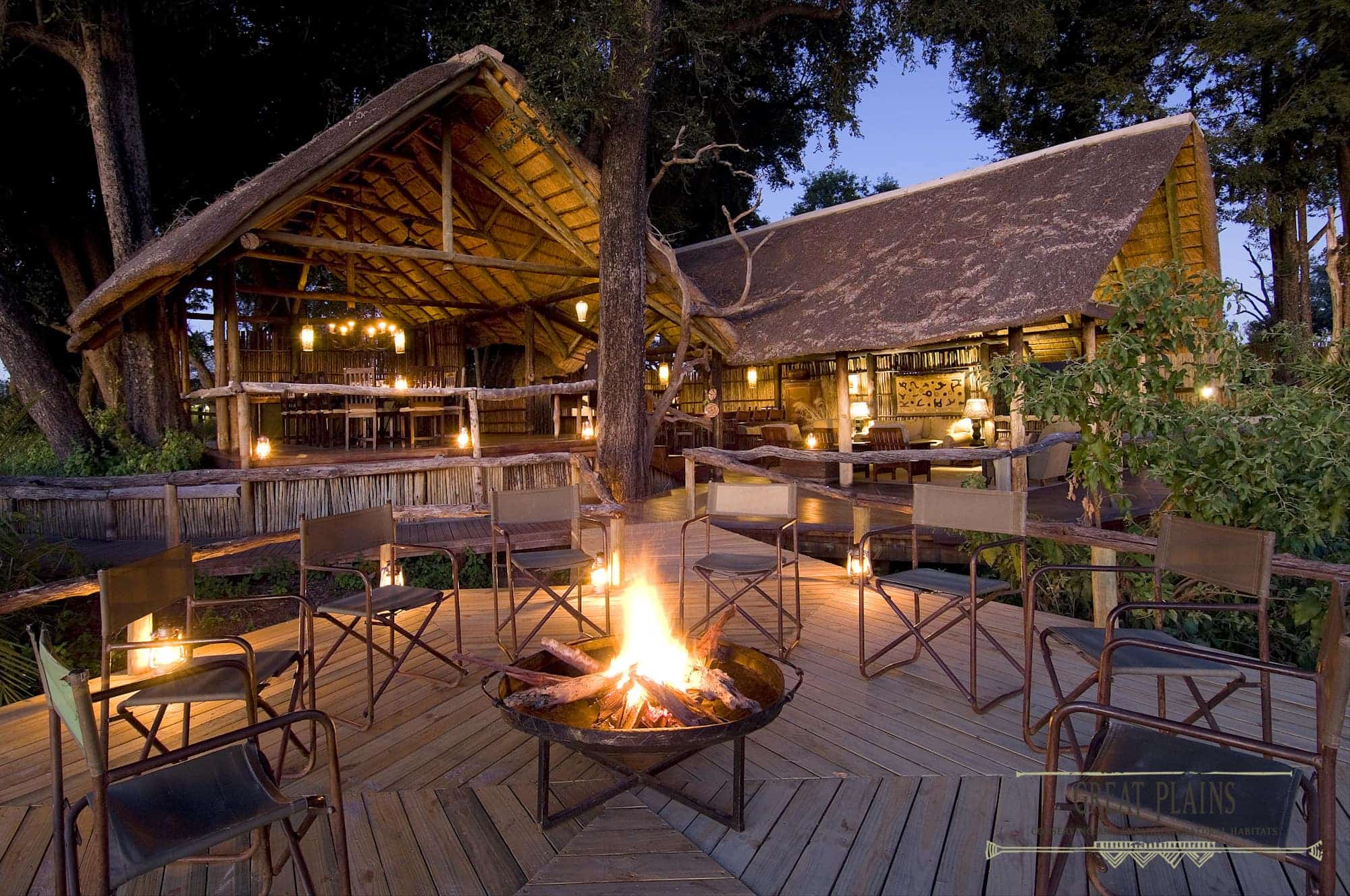
Duba Plains Camp, where some of the documentary was filmed, holds a unique magic. It stretches just north of the Moremi Game Reserve and is situated on a private island inside the waters of the main Okavango Delta. The camp can only be reached by light aircraft, adding to its allure and exclusivity. This is a truly African camp – blending traditional Meru-style tents into the surrounding fig and ebony trees, rustic in appearance but offering the highest of comfort. Surrounded by seasonally flooded, vast plains it attracts a wide variety of game. There is also a resident pair of male lions, known as the ‘Duba Boys’ who drop in regularly, whilst other packs of these cats are frequently spotted in the area.
Kenya
Kenya has long held the title of being the ‘ultimate African Safari experience’, in part due to famous depictions of the country in classic novels and Hollywood movies. Renowned for the never-ending plains of the Masai Mara, the annual Wildebeest Migration and the sheer vastness of the country which ensures that visitors are treated to incredible wildlife sightings every single day, it also boasts one of the largest remaining populations of lions in the Masai Mara National Park.
Our favourite camp to see lions in Kenya is the Mara Plains Camp which sits on the Ntuakatek River bordering the Masai Mara and guarantees visitors exceptional game viewing opportunities of these legendary cats and the Great Migration. It has recently been refurbished and has just seven luxury suites – one of only four camps in the Olare Motorongi conservancy. It’s amongst the most exclusive and intimate camps in the entire Masai Mara, where the limited number of guests dictate the daily schedule according to the movements of the wildlife.

Humans have been fascinated by lions for hundreds of years. We need to protect and preserve our top predators so that future generations may have the opportunity to enjoy the rich legacy of wildlife found in destinations such as Botswana and Kenya, and to experience first-hand the raw power and sheer beauty of these incredible, majestic animals in the African wild.


